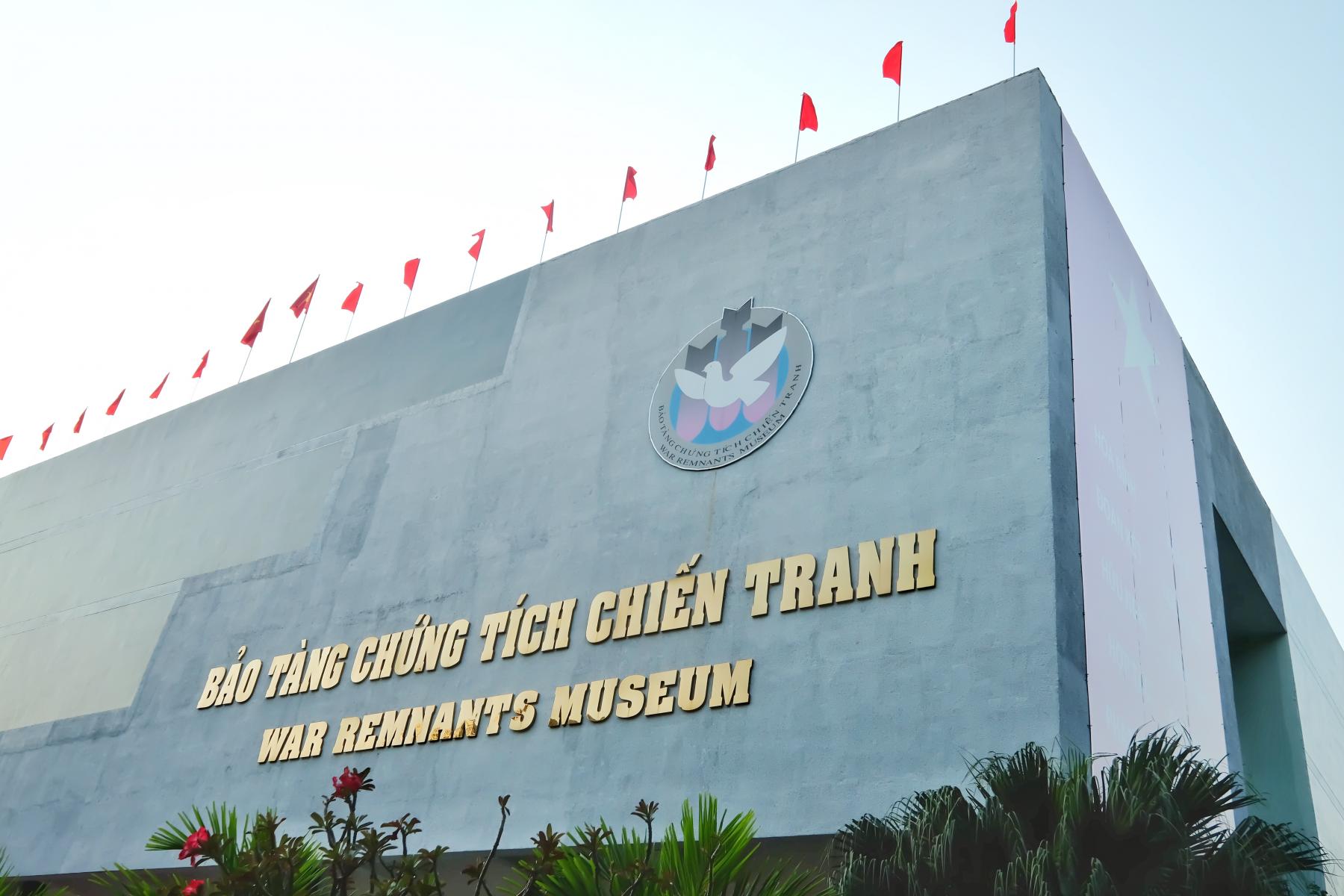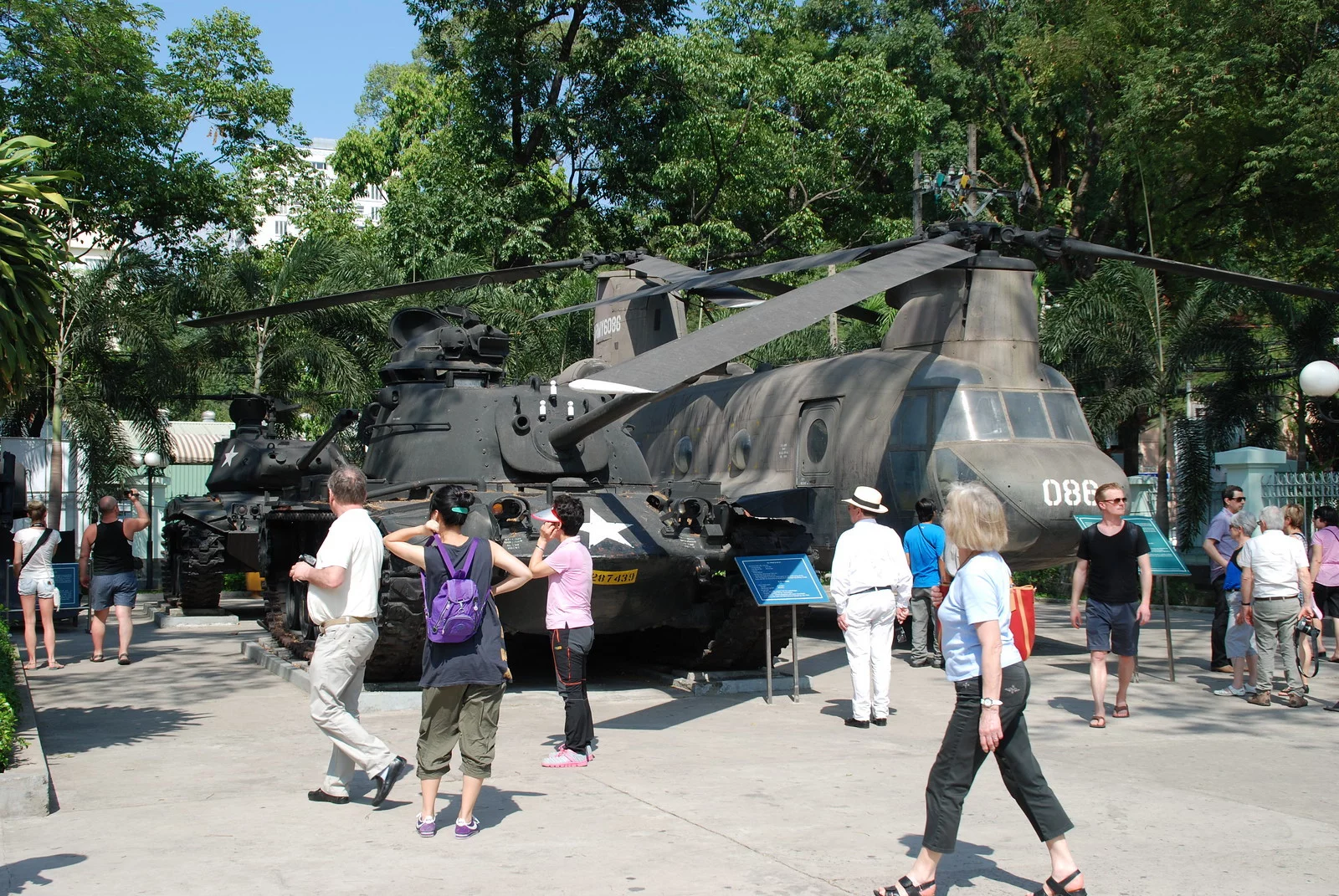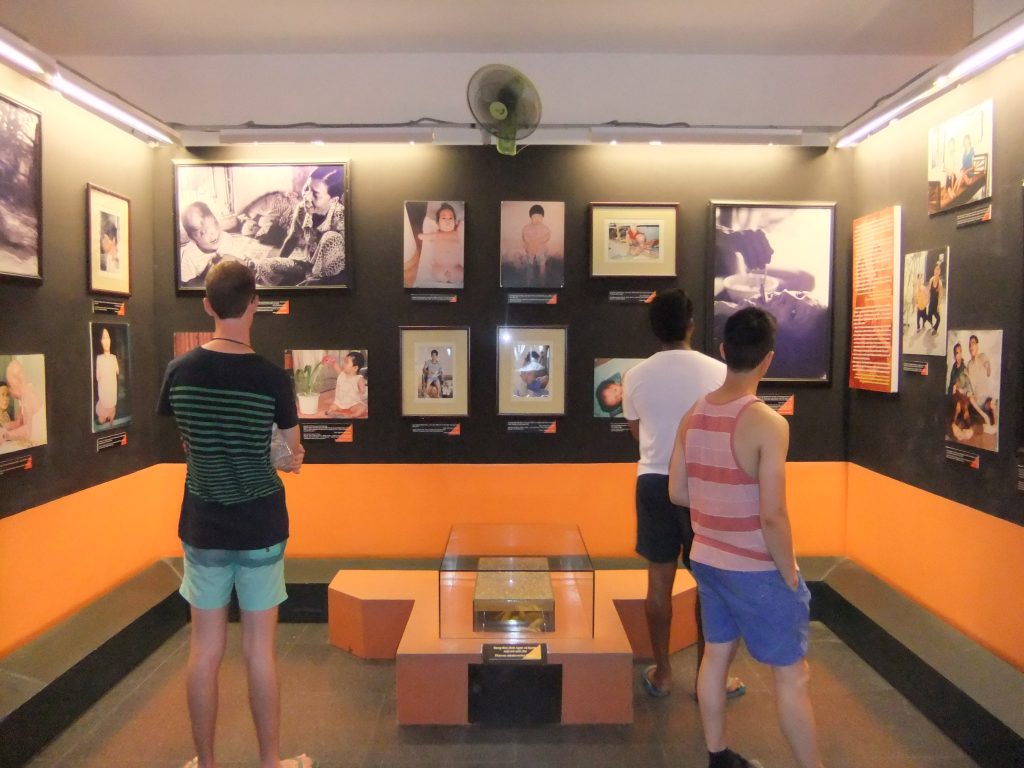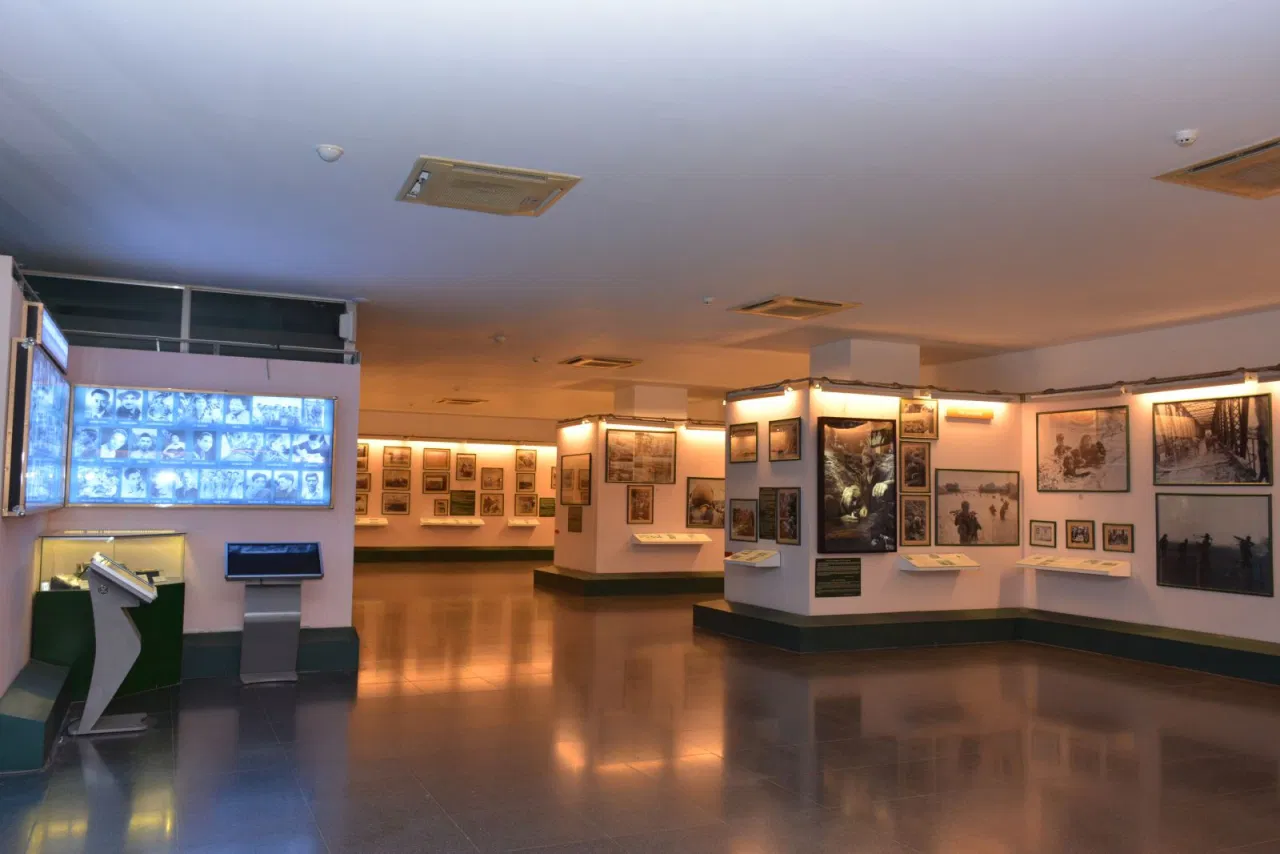Why the War Remnants Museum in Vietnam is an Essential Visit!

To truly understand the vibrant, fast-moving energy of modern Vietnam, one must also spend time with its complex and often painful past. No place in Ho Chi Minh City tells the story of the 20th-century conflicts, known locally as the “American War,” with such unfiltered honesty as the war remnants museum in vietnam. It is a profoundly moving, difficult, and essential experience that shifts perspectives and provides crucial context for the country’s incredible resilience and spirit. This museum is not a celebration of conflict but a powerful, sobering documentation of its consequences, offering a vital Vietnamese viewpoint that is often missing from Western narratives. For travelers seeking a central base to explore these historic sites and reflect on their journey, Little Charm Hostel serves as an excellent resource.
1. The Story of the “War Museum Vietnam”: From Crime Exhibition to Peace Museum
 The museum’s history is a reflection of Vietnam‘s own changing relationship with the world. Established just months after the end of the war, it first opened on September 4, 1975, under the name “Exhibition House for US and Puppet Crimes.” As its name suggests, its initial purpose was to document the atrocities and suffering inflicted upon the Vietnamese people. However, as Vietnam began its journey of reunification and opening up to the world, the museum’s name and focus evolved. In 1990, it was renamed the “Exhibition House for Crimes of War and Aggression.” Finally, in 1995, following the normalization of diplomatic relations with the United States, it adopted its current, more reconciliatory title: the War Remnants Museum. This shift highlights its modern purpose: not to assign blame, but to serve as a stark reminder of the horrors of war and to advocate for peace.
The museum’s history is a reflection of Vietnam‘s own changing relationship with the world. Established just months after the end of the war, it first opened on September 4, 1975, under the name “Exhibition House for US and Puppet Crimes.” As its name suggests, its initial purpose was to document the atrocities and suffering inflicted upon the Vietnamese people. However, as Vietnam began its journey of reunification and opening up to the world, the museum’s name and focus evolved. In 1990, it was renamed the “Exhibition House for Crimes of War and Aggression.” Finally, in 1995, following the normalization of diplomatic relations with the United States, it adopted its current, more reconciliatory title: the War Remnants Museum. This shift highlights its modern purpose: not to assign blame, but to serve as a stark reminder of the horrors of war and to advocate for peace.
2. Navigating the Exhibits: What You Will See Inside and Out
 A visit to this war museum vietnam is a multi-faceted experience, structured across several floors and an outdoor courtyard. It’s wise to prepare yourself, as the content is direct and often graphic.
A visit to this war museum vietnam is a multi-faceted experience, structured across several floors and an outdoor courtyard. It’s wise to prepare yourself, as the content is direct and often graphic.
2.1. The Outdoor Courtyard: The Machinery of War
Your visit begins in the courtyard, which is filled with captured or decommissioned American military hardware. Here, you will come face-to-face with the tools of the conflict. This collection includes an F-5A fighter jet, a massive CH-47 “Chinook” helicopter, M48 Patton tanks, and the iconic UH-1 “Huey” helicopter. Standing next to these imposing machines provides an immediate and tangible sense of the war’s scale and industrial power before you even step inside.
2.2. The Ground Floor: A World Divided
The ground floor galleries often focus on the global context of the war. This section displays artifacts, photos, and documents detailing the international anti-war movement. It’s a powerful reminder that many people, including many Americans, actively protested the conflict. This exhibit serves to separate the actions of a government from its people, showcasing the worldwide support Vietnam received in its call for peace.
2.3. The Upper Floors: The Human Cost
The upper floors contain the museum’s most impactful and harrowing exhibits. These galleries are where the “remnants” of war are shown in their most human form. One of the most famous permanent exhibits is “Requiem,” a photo gallery dedicated to the 134 photojournalists from 11 different nationalities who were killed while covering the war. Furthermore, extensive exhibits detail the devastating, multi-generational impact of Agent Orange, displaying graphic photographs of victims and preserved fetuses affected by the chemical defoliant. These rooms are quiet, somber, and deeply unsettling, but they are central to the museum’s mission.
2.4. The “Tiger Cages” and Prison Conditions
Outside the main building, you will also find a recreation of the “tiger cages.” These were the infamously small cells used to house and torture political prisoners at the Con Dao Island prison. The exhibit includes life-size models and descriptions of the brutal conditions, offering a chilling glimpse into the treatment of prisoners of war and political dissenters.
3. Practical Information for Visiting the War Remnants Museum Vietnam
 As a seasoned traveler, I always recommend planning for a visit to a site this significant. Here are the practical details you need to know:
As a seasoned traveler, I always recommend planning for a visit to a site this significant. Here are the practical details you need to know:
-
Address: 28 Vo Van Tan, Ward 6, District 3, Ho Chi Minh City
-
Opening Hours: 7:30 AM to 5:30 PM, daily. The museum is open seven days a week, including public holidays. (Note: The ticket counter may briefly close for a lunch break, typically between 11:30 AM and 1:00 PM, so it’s best to plan around that).
-
Ticket Price: The admission fee is 40,000 VND for adults. There are often reduced prices (around 20,000 VND) for children, students, and seniors.
-
Visitor Tips:
-
Time: Allocate at least two to three hours for a thorough visit.
-
Emotional Preparedness: This is not a casual visit. The content is graphic and upsetting. Many visitors find it emotionally draining, so it’s wise to visit in the morning and plan for a quiet, reflective activity afterward.
-
Dress Code: While not strictly enforced, this is a place of national mourning and respect. It is recommended to dress modestly, covering your shoulders and knees.
-
4. A Somber Reflection on the Path to Peace
 The War Remnants Museum Vietnam is, without question, one of the most difficult museums I have ever visited, yet it remains one of the most necessary. It does not shy away from the brutal realities of conflict and its lasting consequences. You will leave with a heavy heart, but also with a profound understanding of what the Vietnamese people endured and, consequently, a deeper appreciation for the vibrant, peaceful, and extraordinarily welcoming nation it has become.
The War Remnants Museum Vietnam is, without question, one of the most difficult museums I have ever visited, yet it remains one of the most necessary. It does not shy away from the brutal realities of conflict and its lasting consequences. You will leave with a heavy heart, but also with a profound understanding of what the Vietnamese people endured and, consequently, a deeper appreciation for the vibrant, peaceful, and extraordinarily welcoming nation it has become.
My passion for Vietnam is rooted in this incredible resilience. I urge you to visit, to learn, and to bear witness to its history. In doing so, you gain a powerful perspective on the price of peace and the indomitable nature of the human spirit.
